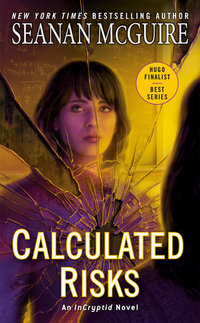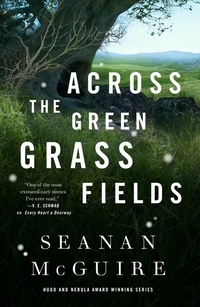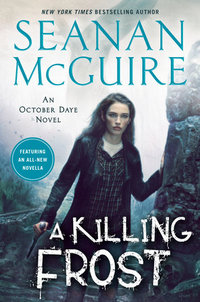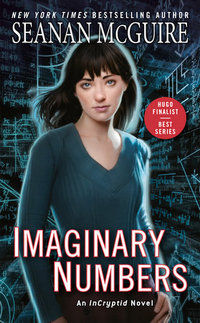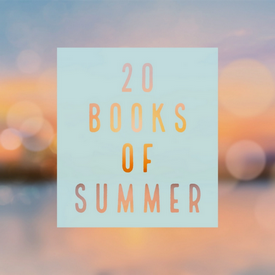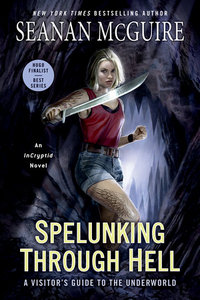 Spelunking Through Hell:
Spelunking Through Hell:
A Visitor’s Guide to the Underworld
DETAILS: Series: InCryptid, #11 Publisher: DAW Publication Date: February 28, 2022 Format: Trade Paperback Length: 267 Read Date: March 14, 2022

If Thomas is there, if he’s still alive and waiting for me to find him, I can’t make him wait because I’m finally stopping to worry about my own neck. My neck doesn’t matter. My neck made a lot of choices, and none of them said ‘hey, it would be fun to survive a long, long time.’
What’s Spelunking Through Hell About?
Alice Price—grandmother to the primary protagonists of this series—has spent the last fifty years jumping from one dimensional reality to another, seeking her husband who has been taken from her as part of the deal he made with the crossroads. Alice has sacrificed just about everything—her health, almost every waking moment, her children’s childhoods, and her relationship with them, for starters.
Now, given some information Annie was given as she defeated the crossroads recently, Alice knows that the clock is running out, she’s going to have to take some risky and dramatic moves in a last-ditch effort to bring her husband home. Assuming she can find him, that he’s still alive, and interested in coming home, that is.
Alice calls in markers, gets help from several allies, and takes some big—possibly fatal—risks to follow her last theory about where to look.
Hopefully, it’s worth it.
Quo Vadimus
The first five books in the series, while interconnected, felt very stand-aloneish. Then we got Annie trilogy—which started out as something in the same vein, but then shifted into something else, something else that ended up informing this book—and then we had the pretty intense duology about Sarah. Now we have this one, which feels stand-aloneish again, but is also the consummation of things that go back to the beginning.
That’s how the series struck me as I read it, anyway—although between what McGuire has said and a little bit of thinking I’ve done in the last day or so, maybe it’s not the best way to think of things—easier to say from this vantage point. At any rate, this book sure feels like a turning point in the InCryptid series.
So where does the series go from here? Well, it can go back to the whole Covenant of St. George vs. the Prices (and all Cryptids in North America) conflict. Maybe touching base with things in Australia, along the way? It’d be nice if we saw Alex and Shelby again. Maybe there’s more fallout from Annie’s Crossroads takedown or Sarah’s adventures to deal with, too. Or something that seems out-of-nowhere but that McGuire’s been planting seeds for since at least the second book—I put nothing past her.
I realize it’s silly to speculate, but when a book is where a series has been heading for a while, it invites theories about where the series might be going next. Knowing McGuire, the answers are somewhere online already, but I’m going to wait until Book 12 to see.
So, what did I think about Spelunking Through Hell?
The last couple of books just didn’t do as much for me as the earlier books in the series did, I was so glad to get back to the previous levels here (sorry, Sarah!). There’s just so much to commend about this book, and so little to complain about. There was at least one point in the book that was a “Eureka!” moment for me—I couldn’t believe McGuire had tied X into this book. Thirty seconds or so after I got that surprise, I realized I should’ve been expecting it. I’m glad I hadn’t taken the time to think about things so that I would expect it, it’s more fun to get the Eureka.
Alice shares the same quippy attitude as her grandchildren, the same stubborn streak and aptitude for violence—which isn’t that surprising, really, where did I think the kids got it? Still, as has been the case for the other four narrators in the series, while there’s a family resemblance, there are individual distinctives so that you don’t confuse her with the previous narrators.
Inside the crunchy candy shell of quips, magic, trans-dimensional travel, and people fighting for their survival, there’s a chewy center of a very sweet love story. I have no problem with the crunch shell, but like with a Tootsie Pop, the center is what makes it all worth it. The dénouement may be better, however—I know I didn’t get through it with dry eyes.
This is not the book to jump into this series with. Yeah, I’ve said it feels like a stand-alone, which seems like it’d serve as a jumping-on point, but it’s really not. Go back at least to Magic for Nothing, but you’d be best served going back to Discount Armageddon. Just know that when you start (and you really should if you haven’t yet) at one of those points, you’re in for a heckuva ride when you get to this book.

This post contains an affiliate link. If you purchase from it, I will get a small commission at no additional cost to you. As always, opinions are my own.
![]()




 Grab a book, any book.
Grab a book, any book.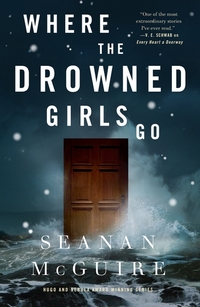

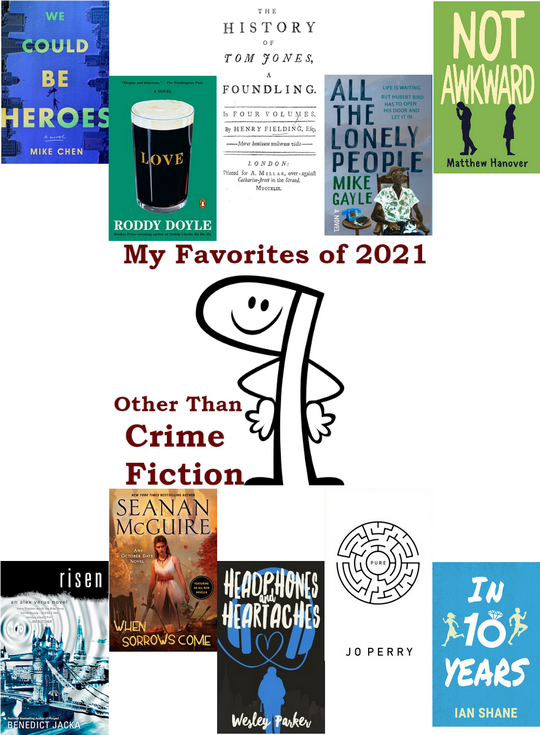

 In typical Chen fashion, the SF/super-hero elements are just an excuse to tell a story about friendship, memory, and identity. It’s a story about people, who just happen to be super-powered.
In typical Chen fashion, the SF/super-hero elements are just an excuse to tell a story about friendship, memory, and identity. It’s a story about people, who just happen to be super-powered.

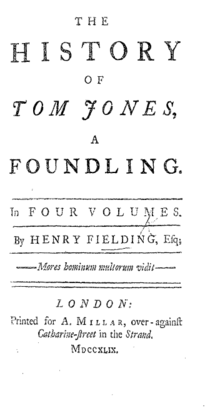

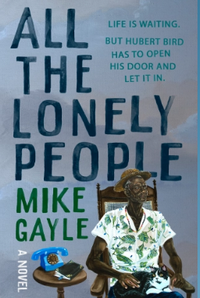



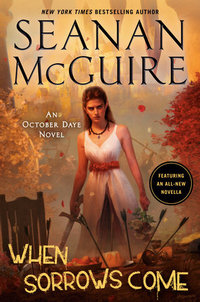
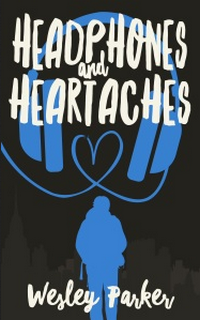
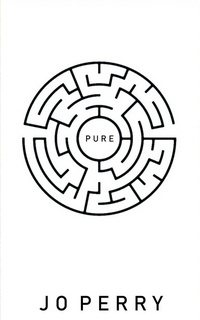
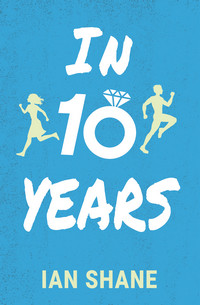
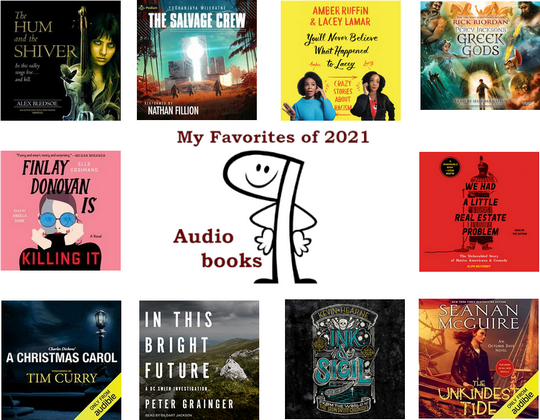
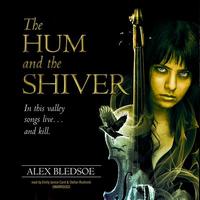
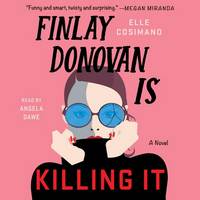

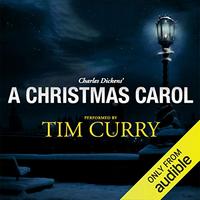
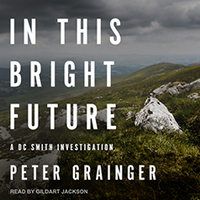
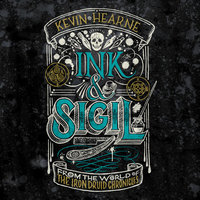
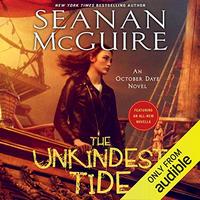
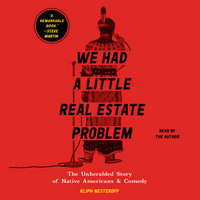
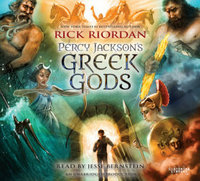

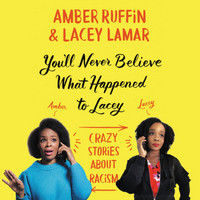
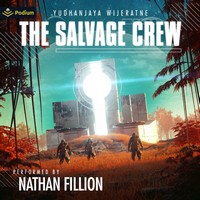
 You haven’t read the first fourteen Toby Daye novels—or you didn’t like them. The former I completely understand, the number of supposedly great series that I don’t have time for is large enough that I can sympathize. The latter? I can accept that people like you exist, but I don’t know if I can ever understand it
You haven’t read the first fourteen Toby Daye novels—or you didn’t like them. The former I completely understand, the number of supposedly great series that I don’t have time for is large enough that I can sympathize. The latter? I can accept that people like you exist, but I don’t know if I can ever understand it
